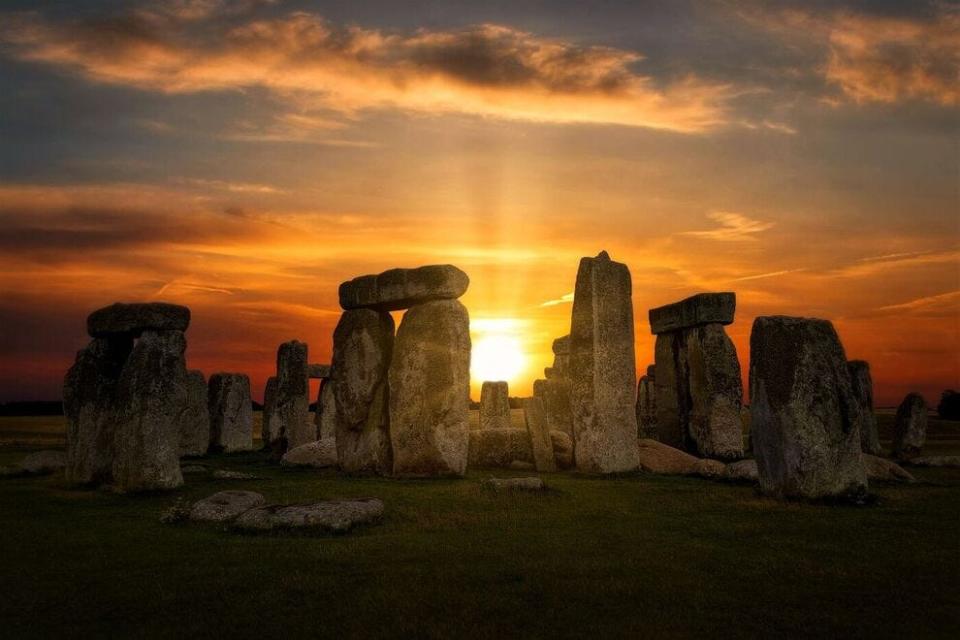Welcome to the shortest day of the year: When and what exactly is the winter solstice?
Thursday marks the first day of winter and the shortest day ― least amount of sunlight ― of the year. The sun will set at 4:35 p.m. after rising at 7:16 a.m.
Starting on Saturday, the days will start to get incrementally longer. Eventually it will be back to sunny days again, but it's always a slow second-by-second process.
Winter solstice facts
The solstice actually lasts only a moment, this year on Dec. 21 at 10:27 p.m. EST. "Specifically, it’s the exact moment when a hemisphere is tilted as far away from the sun as possible," the Old Farmer's Almanac says. The sun is at its lowest arc across the sky.
Earth's tilt is likely the result of collisions with planets and other objects during the formation of the solar system billions of years ago, according to NASA. The winter solstice marks the day the sun is at its lowest arc across the sky.
The date of the winter solstice varies from year to year and can fall anywhere from Dec. 20-23, but the 21st and 22nd are the most common dates. It marks the beginning of the astronomical winter, based off the Earth's position in relation with the sun. The meteorological winter is Dec. 1.

Stonehenge was built to align with the sun on both the summer and winter solstices. People will gather for a solstice celebration at Stonehenge on Dec. 22 at sunrise.
South of the equator, in the Southern Hemisphere, it's the summer solstice, which means summer is starting.
Spring equinox facts
The spring equinox will take place on March 19, 2024, marking the beginning of spring in the Northern Hemisphere.
This is the day that the sun passes directly overhead the equator on its way north, giving the northern and southern hemispheres roughly the same amount of sunlight. This happens again in the fall as the sun goes south.
On this day we will "spring forward" an hour on our clocks, losing an hour of sleep but gaining more sun.
In the fall, we will "fall back" an hour on our clocks, gaining an hour of sleep but losing some sunlight.
USA Today contributed to this report.
This article originally appeared on Bucks County Courier Times: The winter solstice lasts just a brief moment; don't miss it

